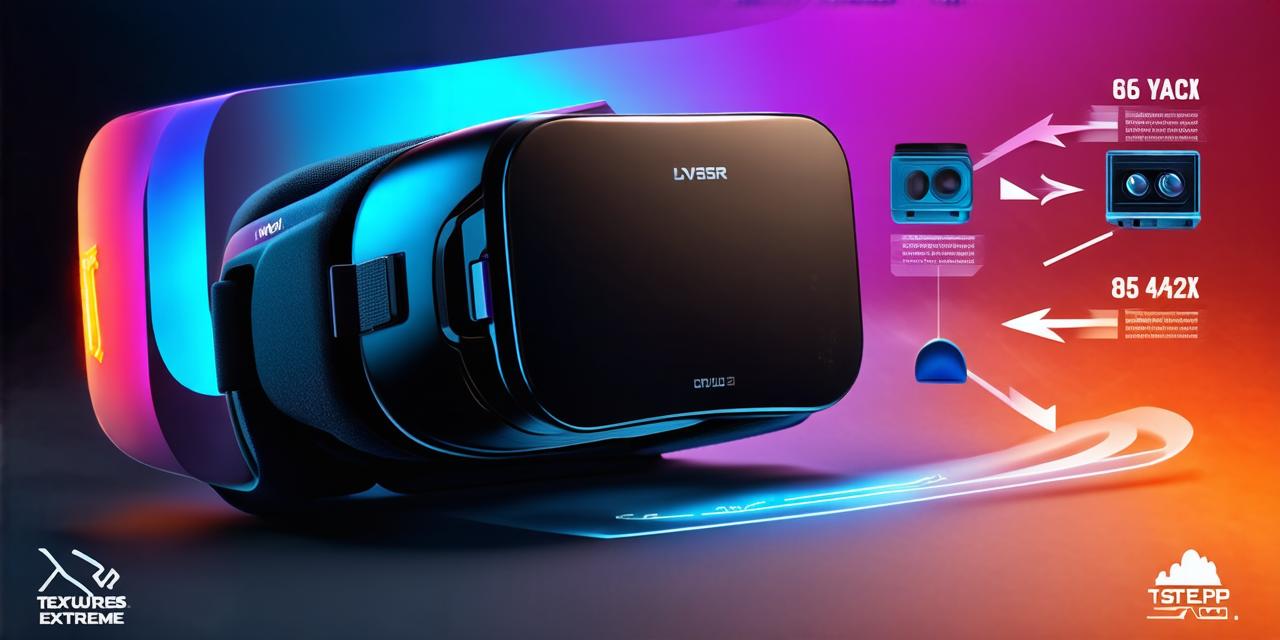Virtual reality (VR) is an immersive technology that allows users to experience digital environments as if they were real. The development process of VR can be complex, but with the right guidance and resources, it can be achieved successfully.
What is Virtual Reality?
Virtual reality is a technology that creates an immersive experience for users by simulating a 3D environment around them. It allows users to interact with digital objects as if they were real, and can be used for various applications, such as gaming, education, healthcare, and more. The VR experience is achieved through the use of specialized hardware and software that track the user’s movements and display the simulated environment on a screen or headset.
Key Steps in Virtual Reality Development
1. Define the Objectives
The first step in virtual reality development is to define the objectives of the project. This involves identifying the target audience, determining the goals of the VR experience, and deciding on the type of content that will be included. For example, if the goal is to create a VR training program for healthcare professionals, the objectives may include teaching specific medical procedures or providing patients with a better understanding of their condition.
2. Design the Experience
Once the objectives have been defined, the next step is to design the virtual reality experience. This involves creating a 3D environment that immerses users in the desired world and provides an interactive experience that meets the project goals. The design process may involve creating wireframes, storyboards, and prototypes to ensure that the final product meets the requirements.
3. Develop the Content
The next step is to develop the content for the virtual reality experience. This involves creating high-quality assets such as models, textures, and animations that bring the environment to life. The content may also include audio elements such as sound effects and music to enhance the immersive experience.
4. Choose the Platform
There are several platforms available for virtual reality development, including desktop computers, mobile devices, and specialized VR hardware such as the Oculus Rift or HTC Vive. The choice of platform will depend on the objectives and budget of the project, as well as the target audience.
5. Build the Experience
Once the content has been developed, it is time to build the virtual reality experience. This involves integrating the assets and code into a cohesive whole that functions smoothly and provides an immersive experience. The development process may involve using specialized software such as Unity or Unreal Engine, depending on the platform chosen.
6. Test and Iterate
The final step in virtual reality development is to test the experience and iterate based on feedback. This involves testing the experience with a target audience and making adjustments as needed to ensure that it meets their requirements. The process may involve multiple rounds of testing and iteration until the final product is satisfactory.
Case Studies in Virtual Reality Development
1. Google Expeditions
Google Expeditions is a virtual reality application that allows users to take virtual field trips to various locations around the world. The application was developed by Google and is available on mobile devices. It uses high-quality 360-degree photos and videos to create an immersive experience that transports users to different parts of the world.
2. A Trip to the Moon
A Trip to the Moon is a virtual reality experience developed by NASA that allows users to explore the surface of the moon. The experience was developed using Unity software and is available on specialized VR hardware such as the Oculus Rift. It provides an immersive experience that allows users to interact with the lunar environment and learn about the history and
